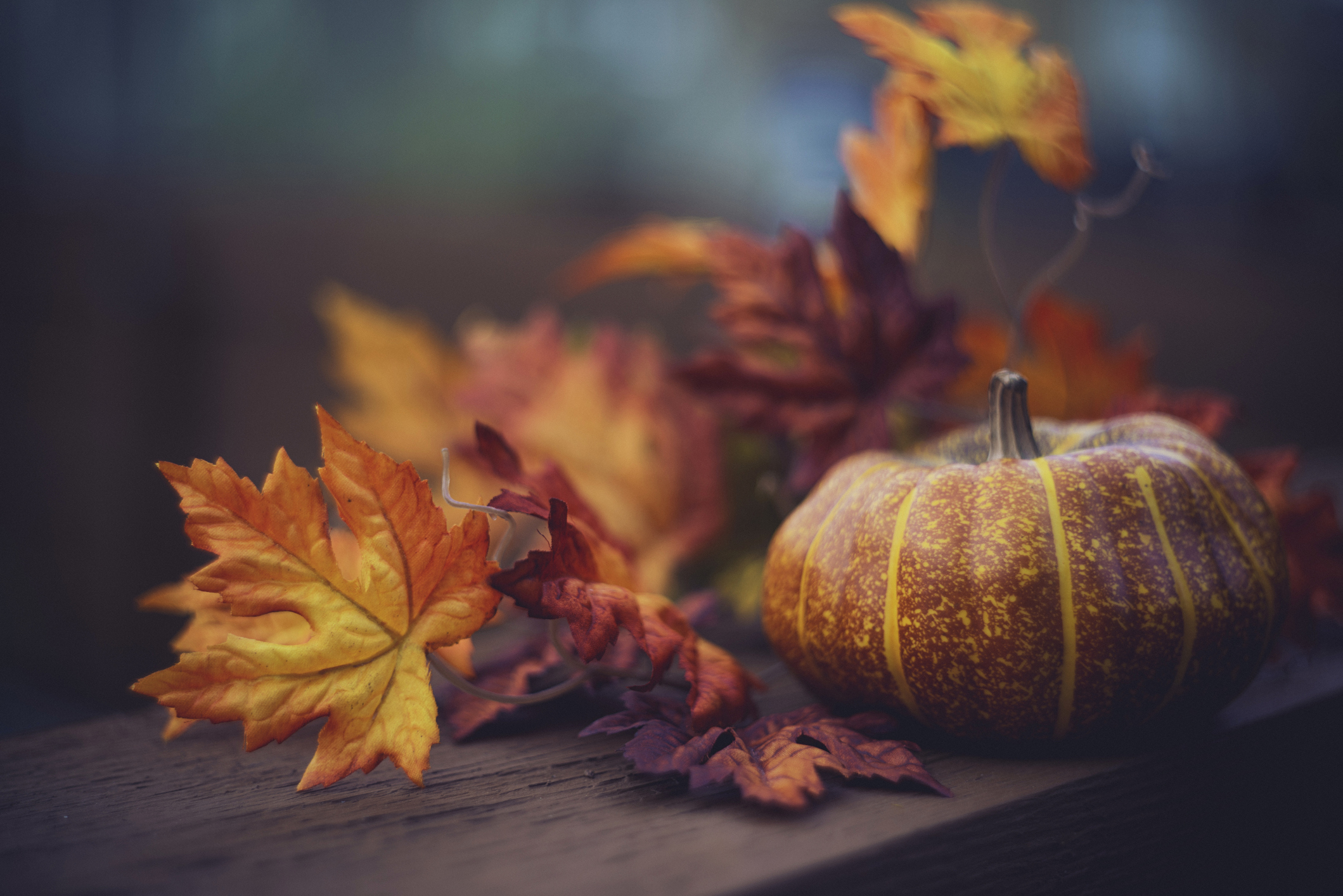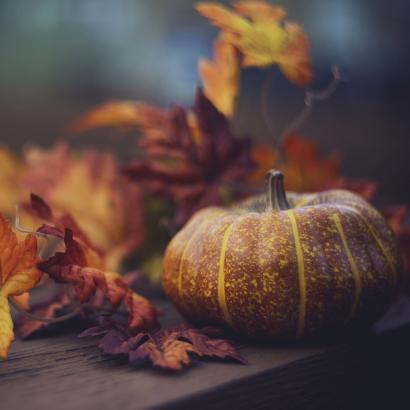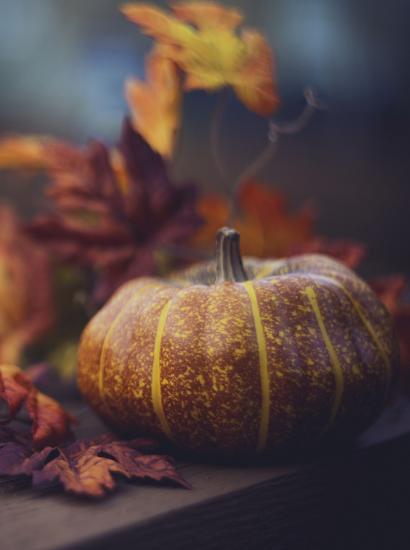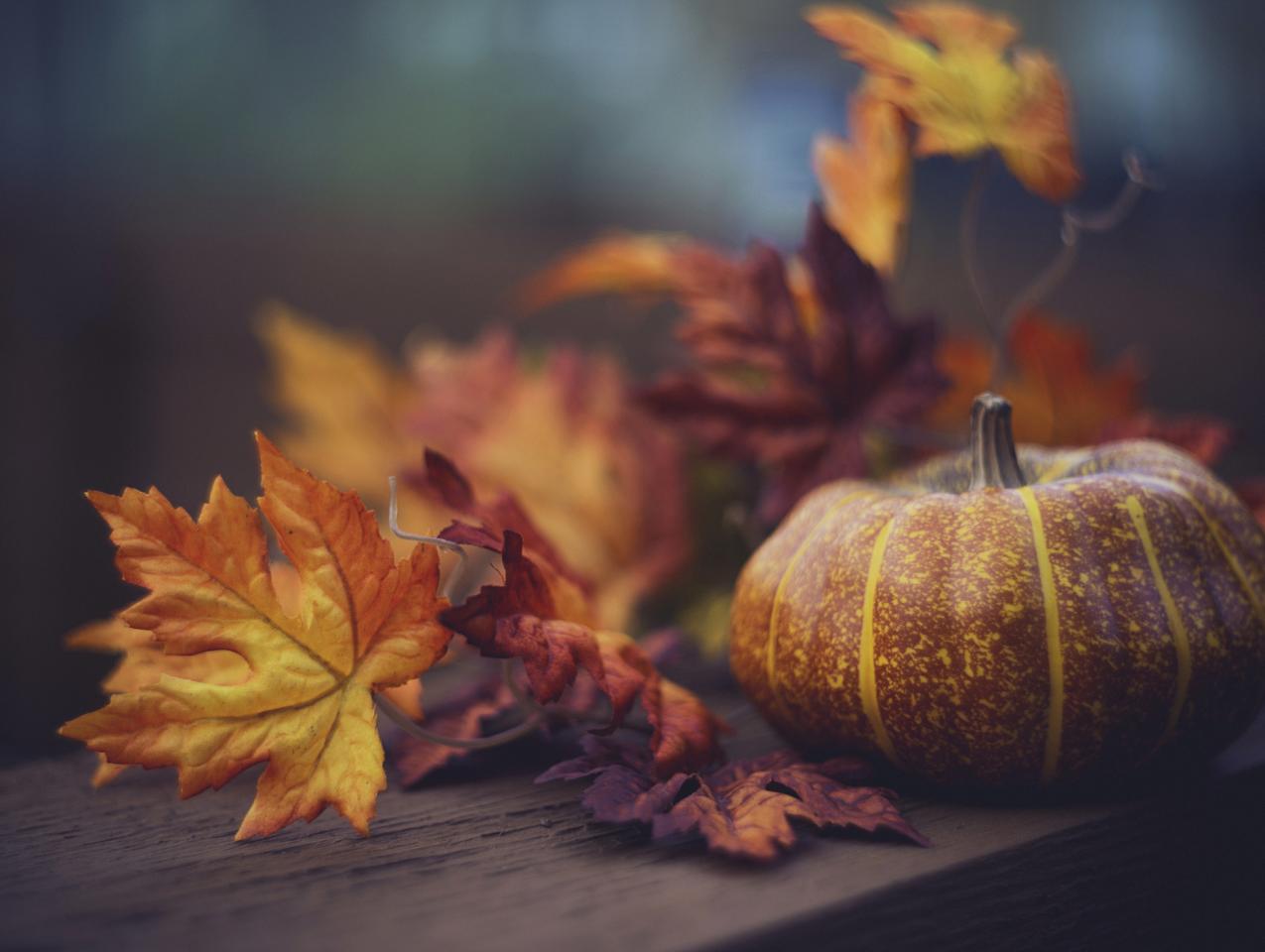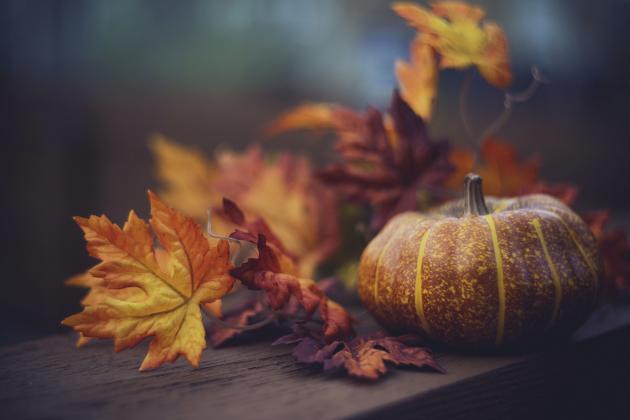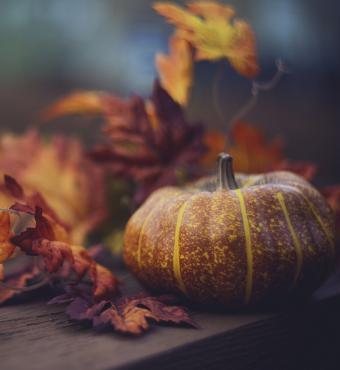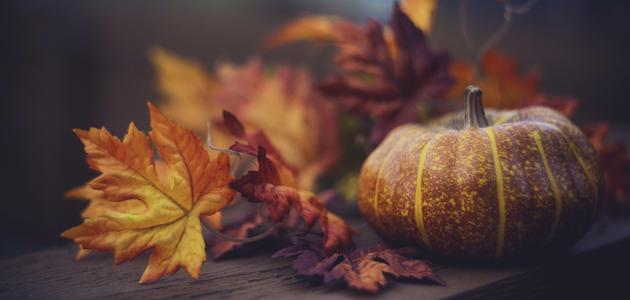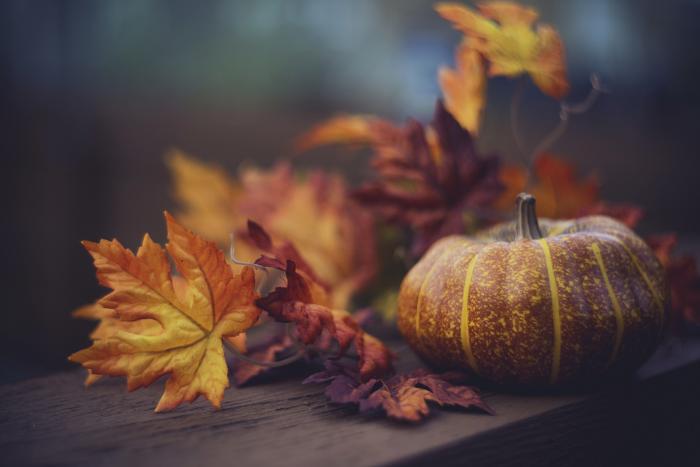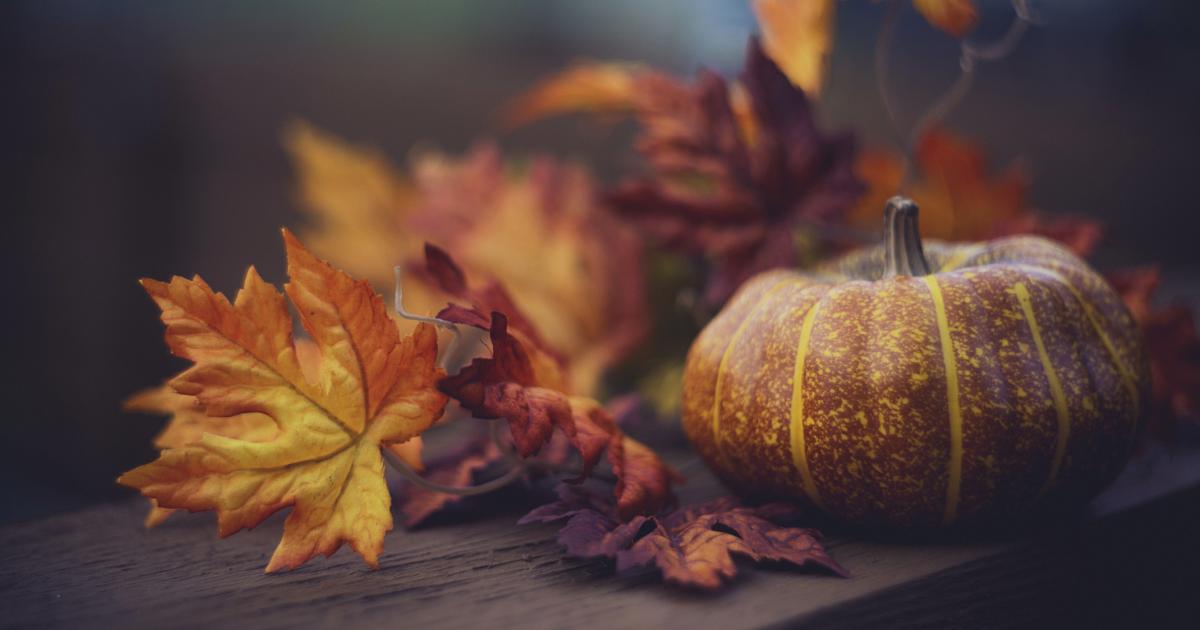- History
- US
- Politics, Institutions, and Public Opinion
- State & Local
- California
Every holiday has its Scrooge, one supposes, and this week is no different. As proof, I offer this “bah humbug” New Yorker article that delves into the “massacres, myths, and the making of” America’s Thanksgiving tradition.
Food for thought, as you pass the food around the table.
One pleasant aspect of an otherwise unpleasant essay: California doesn’t bear the brunt of the author’s disgust with the nation’s Pilgrim past.
Instead, that honor goes to 17th-century New England newcomers. (The author writes: “We falsely remember a Thanksgiving of intercultural harmony. Perhaps we should recall instead how English settlers cheated, abused, killed, and eventually drove Wampanoags into a conflict, known as King Philip’s War, that exploded across the region in 1675 and 1676 and that was one of the most devastating wars in the history of North American settlement.”)
California’s status in 1621, the year of the first holiday feast?
Nearly eight decades prior, the Iberian explorer Juan Rodriguez and his shipmates had sailed into what would come to be known as San Diego Bay—the first arrival of Europeans in today’s Golden State. It wasn’t until 1769 that the first permanent European settlement (San Diego’s Presidio) was established.
Curiously, the holiday’s signature entrée didn’t arrive in California until much later—wild turkeys (the animal, not the bourbon), introduced into California on Santa Cruz Island in 1877 by private ranchers, with the ranchers releasing the birds into the wild so as to have supply of game birds readily available.
Today’s California’s celebrates Thanksgiving and the holiday season, some doing so in what the outside world would consider “California style.”
San Diego’s Seaport Village, for example, features a “Surfin’ Santa” as part of its waterfront festivities. The town of El Cajon, a 30-minute drive northeast, throws a “Mother Goose Parade” on the weekend before Thanksgiving—a tradition that dates back seven decades.
While we’re still in the greater San Diego area, we can head back to the seaside and the famed Hotel Del Coronado, which features ice-skating into the new year.
The list of Thanksgiving activities in a land of 40 million residents is seemingly endless. On Thursday, Californians will be engaging in all sorts of endeavors private and public, be it ingesting heaping portions of pies and complex carbohydrates (California being a major producer of pumpkins and yams), feeding the less fortunate, participating in early-morning “turkey trots” and fun-runs, or the low-key but nourishing experience of sitting around the living room and reliving family lore.
Speaking of legacies, Thanksgiving provides a good opportunity to reflect on what is special about California.
And for that, I refer you to a gentleman named Franklin Augustus Buck, who set out for California 170 years ago in search of a better life—his motivation no different from that of the millions of men and women who’ve made California their destination and dream in the generations since.
We know of this California immigrant because of the letters he wrote to his sister back in Maine chronicling a voyage around Cape Horn to San Francisco, then his years of prospecting and shopkeeping in California’s Gold Rush communities (later in life, Buck would turn to agriculture and ranching, harvesting fruit and raising livestock before the lure of silver drew him across the state line to Nevada).
Here’s what Franklin Buck penned on this date in 1849, from his perch in what then was known as Sacramento City: “I have not come 20,000 miles to turn around and go right back again like some persons who have been here and gotten homesick.”
Buck boasted to his sister of some recent commercial success: “Week before last, we sold out of our little store $1,500 worth of goods. All cash trade in one day. . . . The flour that I bought in San Francisco for $18 per sack (200 lbs.) we sold for $44 and are all sold out.”
Like many a modern Californian, Buck couldn’t resist the temptation to point out a climate superior to what his sister was experiencing back in Maine: “Today is Sunday. Gloomy November, probably, with you, but here the weather is splendid, not cold enough to need a fire. Although it is the winter or rainy season it has rained about 15 days out of the month so far.”
And he finished on a sentimental note: “I should like to be at home on Thanksgiving Day. I suppose you have had or will have one about this time. . . . I look forward to spending a Thanksgiving with all the family once more in my life. . . . We were blest, Mary, with the best of parents and a happy home. Probably they were the happiest years of our lives—those we spent at home.”
We’ll resume next week with the moveable feast that is California economics, public policy, and politics. But for now, I wish you and yours a joyous Thanksgiving.
And regardless of where you’re reading this—California or some other locale—I hope these are “the happiest years” of your life. Or will be, sometime soon.
Enjoy the holiday.







